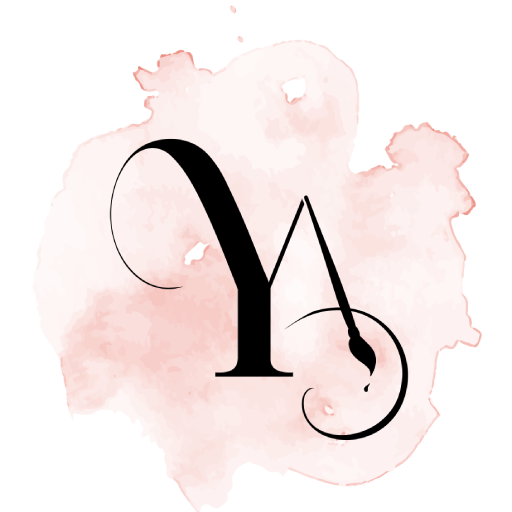affects both children and adults. It is characterized by difficulty maintaining focus, hyperactivity, and impulsive behavior. While traditional treatments like medication and behavioral therapy are common, art for ADHD has proven to be a highly effective tool in managing the symptoms. Creative expression through art offers individuals with ADHD a way to focus, relax, and regulate their emotions, offering a more holistic approach to treatment.
Why Art for ADHD Works
For individuals with ADHD, staying engaged with structured tasks or long periods of concentration can be challenging. Art, however, offers a dynamic and hands-on outlet that promotes engagement in a less rigid environment. By using visual creativity as a therapeutic tool, individuals with ADHD can channel their energy in a positive and calming way. The process of creating art provides a healthy escape and helps develop skills that improve focus, impulse control, and emotional regulation.
1. Art for Improving Focus
One of the most significant challenges for individuals with ADHD is maintaining consistent focus on tasks. Art provides an interactive environment where individuals can focus on creating something visually engaging. Whether it’s sketching, painting, or other creative activities, art encourages active participation, making it easier for someone with ADHD to concentrate. The hands-on nature of art redirects their attention, allowing them to focus on the task at hand and calm their racing thoughts.
Art activities also allow individuals with ADHD to experience mindfulness—a focused state that helps reduce impulsivity and improves attention span. This ability to be present in the moment is essential for improving cognitive control, which benefits individuals in various aspects of life, including academics and personal interactions.
2. Art as a Tool for Emotional Regulation
Many individuals with ADHD struggle with emotional regulation, experiencing intense emotions like frustration, anxiety, or anger. Art offers a therapeutic outlet to express these feelings without judgment. By visually expressing emotions through painting or drawing, individuals with ADHD can process their thoughts and feelings in a controlled and positive way.
The creative process also serves as a form of self-soothing. Engaging in art provides a calming effect, reducing stress and providing individuals with a sense of control. Whether it’s through coloring or creating abstract pieces, art helps promote relaxation and emotional stability, improving overall well-being.
3. Art for Enhancing Impulse Control
Impulsivity is one of the hallmark symptoms of ADHD. Often, individuals with ADHD make quick decisions without considering the consequences. Art provides a structured environment that helps individuals practice patience and think through their actions. The process of creating a piece of art requires individuals to plan and think strategically, which can help build impulse control over time.
Moreover, art activities encourage problem-solving. As individuals engage in the artistic process, they must decide on colors, shapes, and compositions, which fosters critical thinking skills. These problem-solving exercises help individuals with ADHD develop the cognitive flexibility necessary to manage impulsive behavior in daily life.
4. Art for Social Interaction and Connection
For some individuals with ADHD, social interactions can be challenging due to impulsivity and hyperactivity. However, art provides an opportunity for social connection. Whether it’s in a group art class or one-on-one session, working on creative projects together encourages collaboration and communication. Art for ADHD can help individuals practice patience and improve social skills in a supportive, non-judgmental environment.
Working on a shared art project helps foster a sense of community and teamwork. It allows individuals with ADHD to practice active listening, cooperation, and socializing, all while engaging in an enjoyable and productive activity.
Scientific Support for Art Therapy and ADHD
Recent research underscores the value of art for ADHD. Studies have shown that art therapy can improve focus, emotional regulation, and social interactions in individuals with ADHD. For example, a study published in the Journal of Attention Disorders found that children who participated in art therapy showed marked improvements in concentration and emotional control. The therapeutic effects of art activities, particularly in reducing impulsivity and stress, make it a valuable complementary treatment for ADHD.
How to Integrate Art into ADHD Treatment
Incorporating art into the daily routine of individuals with ADHD can offer numerous benefits. Here are some practical tips:
-
Start with Simple Art Activities: Engage in basic activities like coloring or drawing. These can be done anywhere and require minimal materials.
-
Set Creative Goals: Encourage setting small, achievable art goals, such as finishing a drawing or trying out new techniques.
-
Create a Routine: Dedicate a regular time for artistic expression, making it a consistent part of the daily schedule.
-
Focus on the Process, Not the Outcome: Emphasize the experience of creating, rather than stressing about the final result.
Conclusion: The Therapeutic Benefits of Art for ADHD
In conclusion, art for ADHD provides an effective and enjoyable way to manage the symptoms of ADHD. From improving focus and emotional regulation to fostering impulse control and social connections, engaging in creative activities offers a holistic approach to treatment. As more individuals and professionals embrace art as a therapeutic tool, it’s clear that creativity can play a crucial role in managing ADHD.

